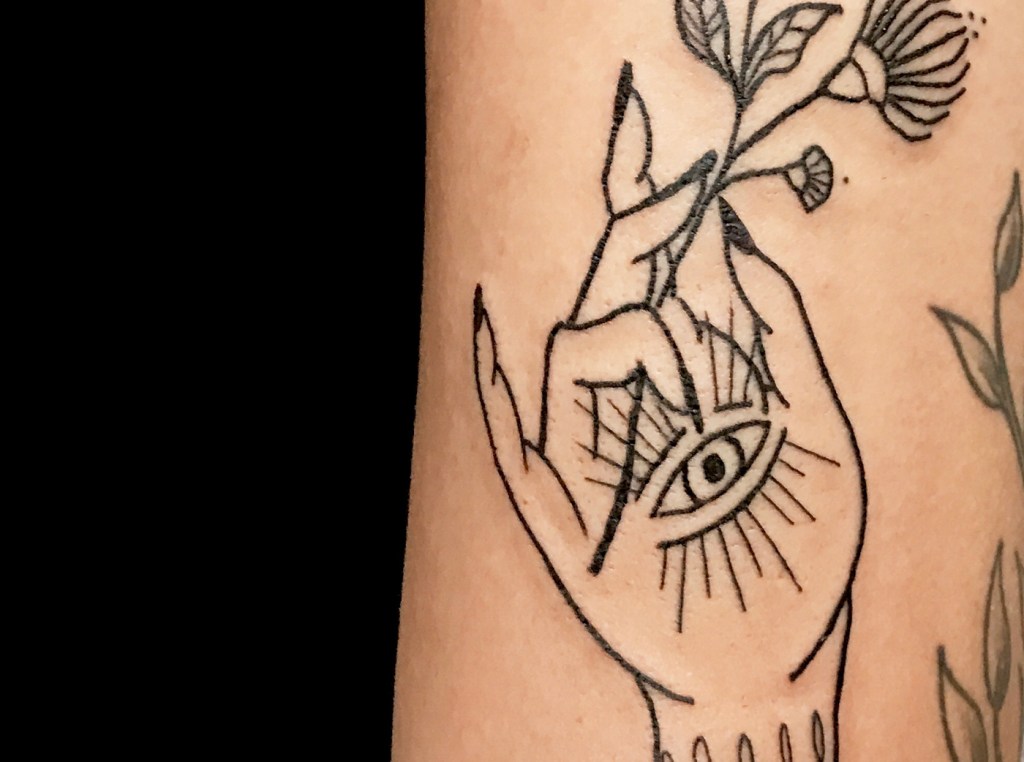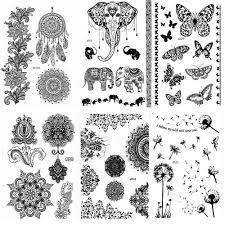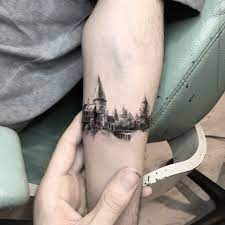
As is true for other art forms, tattooing has developed its language. When it first spread worldwide, tattoo parlors sprung up along with distinct national styles. Tattooing has long been associated with bikers and sailors; today, it has become widely accepted as a form of fashion and aesthetics. But does tattooing qualify as art?
Origins
Tattoo art is one of the oldest and most prevalent forms of body decoration. Tattooing has long been used to indicate status or punishment and signify religions or cults. Tattooing first made its debut around 3370 BCE when Otzi, an Ancient Bronze Age Mummy found in 1991 near Otzal Alps, had 61 tattoo marks preserved on his body. Female mummies of ancient Egypt exhibited lines, dots, and diamonds on their thighs and torsos as markings to protect fertility and pregnancy. Researchers speculate that these markings communicated household deities such as Bes. Furthermore, tattooing passed from master to apprentice until Christianity took over and Constantine banned this practice.
Symbolism
Tattoo designs should convey meaning through symbolism, adding layers of significance. Many tattoo lovers choose to include meaningful phrases or quotes in their plans to express themselves and their beliefs; others opt for more abstract symbols like the Phoenix, representing rebirth, grace, virtue, and immortality. Roses often symbolize femininity and love; a sword through the heart represents betrayal or grief over lost loved ones. An anchor tattoo could be an appropriate choice for those looking for stabilityisin their tattoo. Other symbols include the mandala, which represents perfection and balance; the tetrahedron, which represents yin and yang; and the Ouroborus, which symbolizes rebirth. Owls have long been revered symbols across cultures for representing wisdom and change – while some even see 11 as a sign of good luck!
Styles
Tattoo art encompasses many different styles. These include neo-traditional, illustrative, and graffiti styles. Neo-traditional tattoos combine old-school imagery with modern elements for a distinct appearance – perfect for people wanting to express themselves through art. Neo-traditional tattoo styles first emerged during the ’70s, when tattooers started sharing their techniques instead of relying on flash walls (template drawings displayed at parlors for clients to select from). Neo-traditional combines elements from traditional art forms and graffiti styles for an eclectic approach to tattoo art. Tattoos created in the kawaii style are small and cute tattoos, typically featuring flowers, animals, or characters that symbolize sweetness, purity, and innocence. More often seen in women than men, kawaii Tattoos represent sweetness, purity, and innocence – which often convey sweetness through purity of heart and integrity. Artists like Rita Orth and Brian Woo specialize in lifelike Tattoos of actual plants resembling real ones.
Healing
As any newly-inked individual knows, healing a fresh tattoo requires special care and precaution. To ensure optimal healing results and avoid potential infection in the area where you got inked, following your artist’s guidelines for appropriate aftercare of Tattoos is vital. At first, a tattoo may cause redness and tenderness due to chemical mediators produced by your body that help with healing processes. Over time, however, your immune system becomes more robust, creating additional blood vessels to aid recovery. Over time, a person’s new tattoo should become less sore and begin to fade in tone. Additionally, it may scab over and become itchy; it is essential not to scratch these scabs as it could alter their appearance or cause scarring. People should continue to care for their Tattoos with gentle soap and water, moisturize daily with antibacterial or Vaseline ointment if possible, and gently remove scabs naturally as they begin to flake off.
Money
Money plays an essential role in the world of tattooing. Artists are compensated based on their professional level and experience; those with more years under their belt may charge higher hourly rates than their inexperienced peers. A roll of cash symbolizes wealth and success, though it could also represent criminality or gang affiliation. Adding details such as skulls or playing cards to this design makes the tattoo even more meaningful and symbolic. Another popular design is the dollar sign, which symbolizes money and power. This symbolism can warn us not to become too greedy with material possessions or focus on materialism too much. A more optimistic symbol would be a money tree, which symbolizes good luck and abundance – an image that could make for a great tattoo design!

